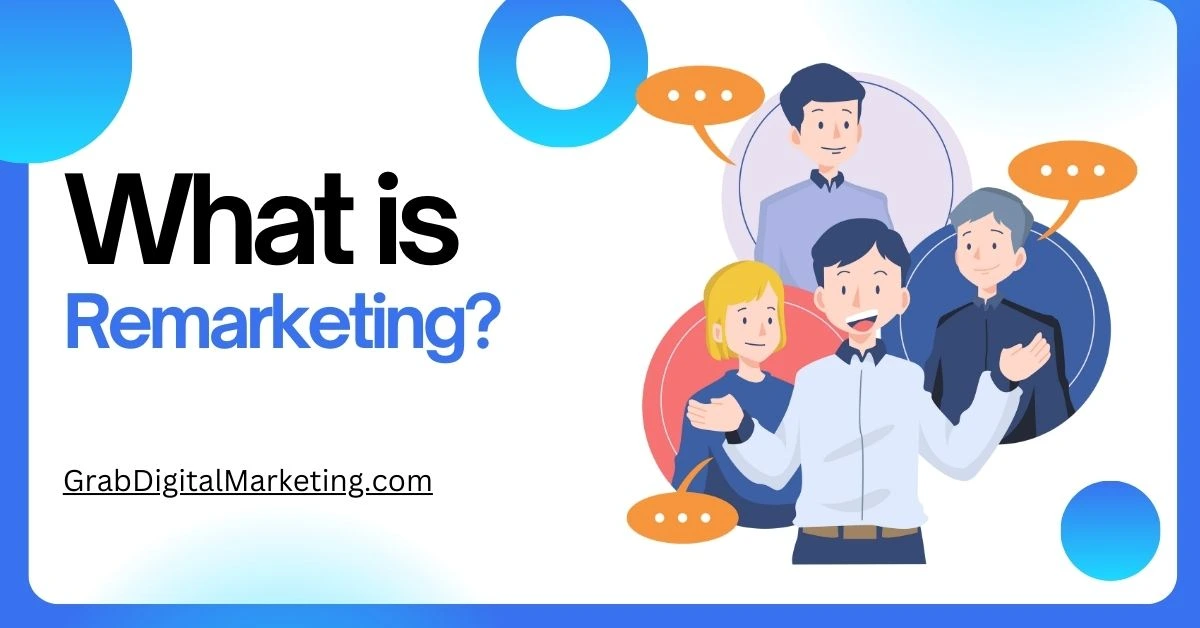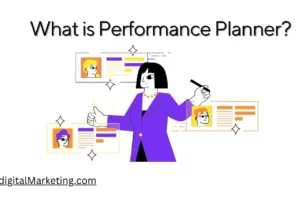Table of Contents
What is Remarketing?

Remarketing, also known as retargeting, is a digital marketing strategy that involves targeting individuals who have previously interacted with your brand, website, or app. The goal is to re-engage these potential customers, encouraging them to complete a desired action, such as making a purchase, signing up for a newsletter, or downloading an app. Remarketing leverages data and technology to serve personalized ads to users, increasing the likelihood of conversion.
How Remarketing Works
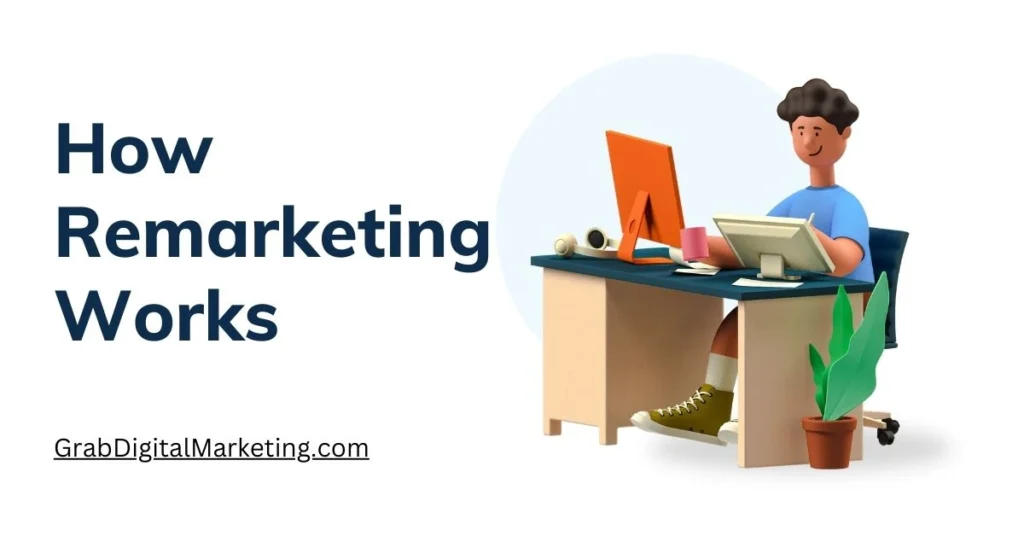
Remarketing relies on cookies, which are small pieces of data stored on a user’s device when they visit a website. These cookies track user behavior, such as pages visited, products viewed, and actions taken. By analyzing this data, marketers can segment users into different groups based on their interests and behaviors. This segmentation allows for the creation of highly targeted ad campaigns that cater to the specific needs and preferences of each user group.
Types of Remarketing
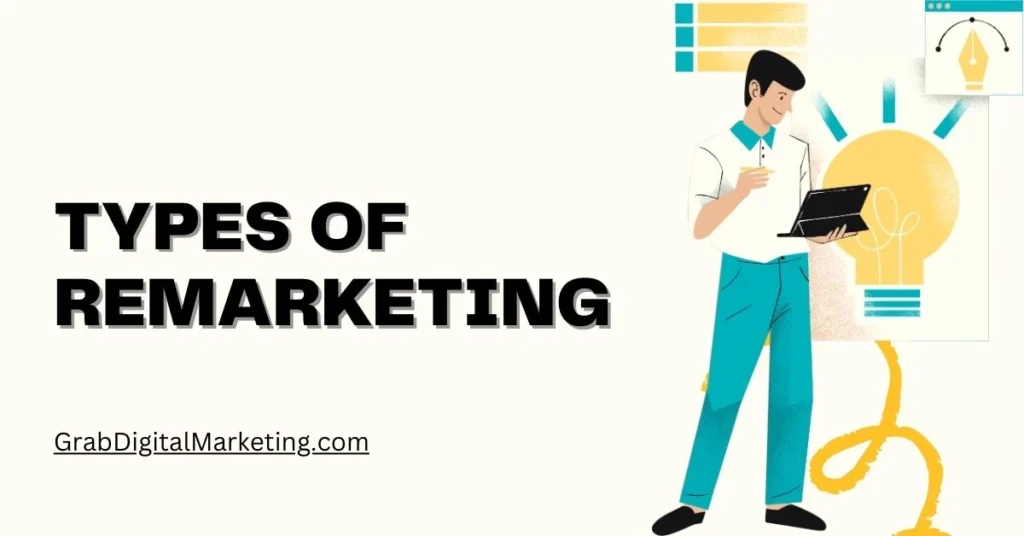
There are several types of remarketing strategies, each with its unique approach and benefits:
- Standard Remarketing: This involves showing ads to past visitors as they browse websites and apps within the Google Display Network or other ad networks. These ads remind users of your brand and encourage them to return to your site.
- Dynamic Remarketing: Dynamic remarketing takes personalization to the next level by displaying ads featuring products or services that users have previously viewed on your website. This strategy is particularly effective for e-commerce businesses, as it showcases relevant products to users who have already shown interest in them.
- Remarketing Lists for Search Ads (RLSA): RLSA allows you to customize search ads for users who have previously visited your site. When these users perform a search on Google, they see tailored ads based on their past interactions with your brand. This increases the chances of capturing their attention and driving conversions.
- Video Remarketing: Video remarketing targets users who have interacted with your videos on platforms like YouTube. By serving them relevant video ads, you can re-engage these users and guide them further along the customer journey.
- Email Remarketing: Email remarketing involves sending targeted emails to users who have engaged with your brand but haven’t completed a desired action. These emails can include personalized offers, reminders, and incentives to encourage users to return to your site and convert.
Benefits of Remarketing

Remarketing offers several benefits that can significantly enhance your digital marketing efforts:
- Increased Brand Awareness: By repeatedly exposing users to your brand through targeted ads, you can reinforce brand recognition and recall. This makes it more likely that users will think of your brand when they’re ready to make a purchase.
- Higher Conversion Rates: Remarketing focuses on users who have already shown interest in your brand, making them more likely to convert. By delivering personalized and relevant ads, you can nudge these users toward completing the desired action.
- Cost-Effective Advertising: Remarketing allows you to allocate your ad budget more efficiently by targeting users who are more likely to convert. This can result in a higher return on investment (ROI) compared to other advertising strategies.
- Improved Customer Engagement: Remarketing helps you stay connected with potential customers, keeping your brand top-of-mind. This continuous engagement can build trust and foster long-term relationships with your audience.
- Customizable and Scalable: Remarketing campaigns can be tailored to suit your specific goals and audience segments. Additionally, they can be scaled up or down based on your budget and performance metrics.
Best Practices for Remarketing

To maximize the effectiveness of your remarketing campaigns, consider implementing the following best practices:
- Segment Your Audience: Divide your audience into distinct segments based on their behavior, interests, and interactions with your brand. This allows you to create highly targeted ads that resonate with each group.
- Set Frequency Caps: Avoid overwhelming users with too many ads by setting frequency caps. This limits the number of times a user sees your ads within a specific time frame, preventing ad fatigue.
- Use Compelling Ad Creatives: Design eye-catching and relevant ad creatives that capture users’ attention and encourage them to take action. A/B testing different ad variations can help you identify the most effective creatives.
- Personalize Your Ads: Tailor your ads to match the interests and preferences of each user segment. Personalized ads are more likely to resonate with users and drive conversions.
- Optimize Landing Pages: Ensure that your landing pages are optimized for conversions. They should be relevant to the ad content, easy to navigate, and provide a seamless user experience.
- Monitor and Analyze Performance: Regularly track the performance of your remarketing campaigns using analytics tools. Analyzing key metrics such as click-through rates (CTR), conversion rates, and ROI can help you identify areas for improvement and optimize your campaigns accordingly.
Challenges and Considerations
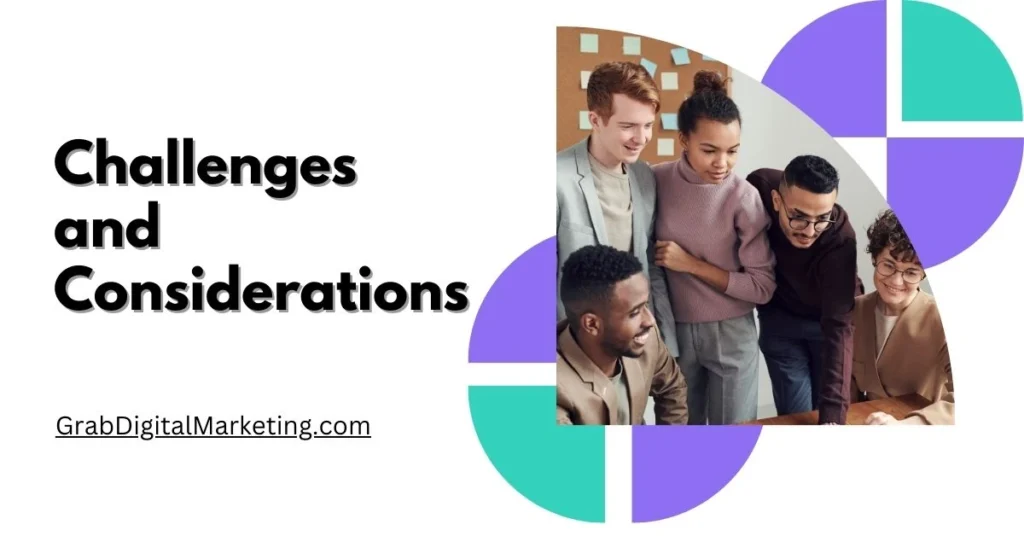
While remarketing can be highly effective, it’s important to be aware of potential challenges and considerations:
- Privacy Concerns: With increasing concerns about data privacy, it’s essential to be transparent about your data collection practices and comply with regulations such as the General Data Protection Regulation (GDPR) and the California Consumer Privacy Act (CCPA).
- Ad Fatigue: Overexposing users to your ads can lead to ad fatigue, where users become annoyed or disengaged. Setting frequency caps and refreshing your ad creatives can help mitigate this issue.
- Ad Blockers: Some users may use ad blockers to prevent ads from being displayed. While this can limit the reach of your remarketing campaigns, focusing on creating high-quality and relevant ads can help reduce the likelihood of users blocking your ads.
- Attribution Challenges: Accurately attributing conversions to your remarketing efforts can be challenging, especially if users interact with multiple touchpoints before converting. Using multi-touch attribution models can provide a more comprehensive view of your campaign performance.
Conclusion
Remarketing is a powerful digital marketing strategy that allows you to re-engage potential customers who have previously interacted with your brand. By delivering personalized and relevant ads, you can increase brand awareness, drive conversions, and improve customer engagement. Implementing best practices and addressing potential challenges can help you maximize the effectiveness of your remarketing campaigns and achieve your marketing goals.

